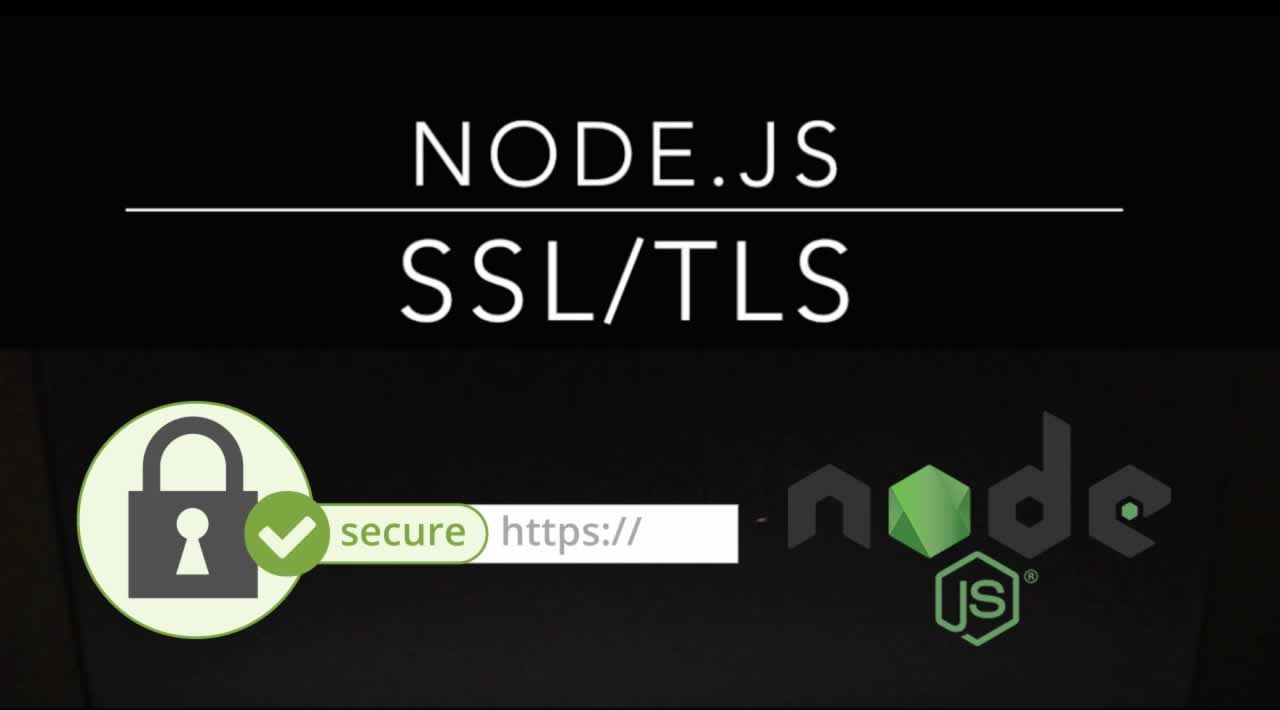In 2020, there’s no reason for your website not to use HTTPS. Visitors expect it, Google uses it as a ranking factor and browser makers will happily name and shame those sites not using it.
In this tutorial, I’ll walk you through a practical example of how to add a Let’s Encrypt–generated certificate to your Express.js server.
But protecting our sites and apps with HTTPS isn’t enough. We should also demand encrypted connections from the servers we’re talking to. We’ll see that possibilities exist to activate the SSL/TLS layer even when it’s not enabled by default.
Note: if you’re looking for instructions on how to set up SSL with NGINX when configuring it to work as a reverse proxy for a Node app, check out our quick tip, “Configuring NGINX and SSL with Node.js”.
Let’s start with a short review of the current state of HTTPS.
#node-js #https #nginx
